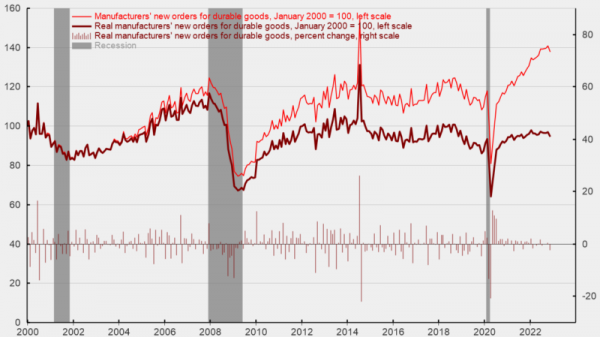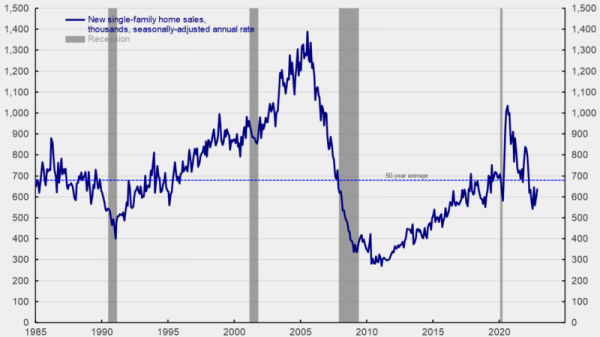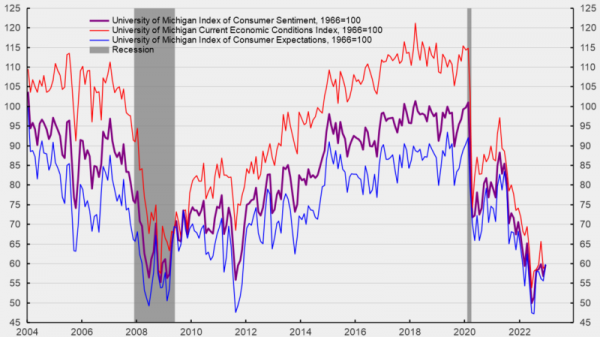
The Federal Reserve’s efforts to bring down inflation appear to have worked. Indeed, the latest data from the Bureau of Economic Analysis (BEA) suggests the Fed may have reduced inflation even more than it intended. The Personal Consumption Expenditures Price Index (PCEPI), which is the Fed’s preferred measure of inflation, grew at a continuously compounding annual rate of 1.9 percent in July 2024. It has averaged just 0.9 percent over the last three months.
Core inflation, which excludes volatile food and energy prices, also came in low. Core PCEPI grew at a continuously compounding annual rate of 1.9 percent in July 2024, and 1.7 percent over the last three months.
Despite the recent low inflation, prices remain elevated. Headline PCEPI is around 8.8 percentage points higher than it would have been had the Fed hit its 2-percent inflation target since January 2020. Core PCEPI is 7.9 percentage points higher.

The Fed increased its federal funds rate target range by 525 basis points between February 2022 and July 2023, and has held its target steady over the time since. With inflation running slightly below target, the Fed now looks poised to begin cutting its target rate.
Speaking at the annual Jackson Hole symposium earlier this month, Federal Reserve Chair Jerome Powell suggested rate cuts would begin in September. “The time has come for policy to adjust,” he said.
It may even be past time for policy to adjust. Remember: monetary policy works with a lag. Today’s inflation reflects the stance of monetary policy months ago. Correspondingly, today’s monetary policy will affect inflation months from now. With inflation already running below target, today’s tight monetary policy will likely see inflation fall further still.
Additionally, disinflation tends to passively tighten monetary policy. Recall that the implied real (inflation-adjusted) federal funds rate target is equal to the nominal federal funds rate target minus expected inflation. Since inflation expectations tend to move in line with inflation, falling inflation typically causes the implied real federal funds rate target to rise. Ideally, the Fed would gradually reduce its nominal federal funds rate target as inflation falls, in order to prevent monetary policy from passively tightening. It hasn’t. Instead, it has maintained its nominal federal funds rate target.
To recap: monetary policy is already too tight given observed inflation in recent months and will likely tighten further as inflation continues to decline unless the Fed course corrects quickly.
A September rate cut would certainly be a step in the right direction. But the Fed has a long way to go. Its federal funds rate target range is currently set at 5.25 to 5.5 percent. In order to achieve a neutral policy stance and 2-percent inflation, the Fed must set its nominal federal funds rate target 2 percentage points above the natural rate of interest. Estimates from the New York Fed would put the neutral nominal policy rate at 2.7 to 3.2 percent. Similarly, in the June Summary of Economic Projections, the median Federal Open Market Committee member thought the midpoint of the (nominal) federal funds rate target range would eventually return to 2.8 percent.
How quickly will the Fed shave 2.5 percentage points off of its nominal federal funds rate target? Markets think it could move fast. The CME Group reports a 69.2 percent chance that the federal funds rate target range is at least a full percentage point lower by the end of the year. That would significantly reduce the distance the Fed needs to travel in order to return monetary policy to neutral.

Alas, history suggests the Fed will move slower than markets currently project. Fed officials were notoriously slow to react when inflation picked up in 2021; slow to reach a tight policy stance once they began raising rates in March 2022; and slow to respond to the disinflation experienced over the last year. Absent a severe economic contraction, it is difficult to believe the Fed would now pick up the pace.
The Fed will almost certainly cut its federal funds rate target by 25 basis points in September, and it will likely continue to cut its target rate by 25 basis points every month or every other month thereafter, until the stance of monetary policy has returned to neutral. Such an approach would shave 50 to 75 basis points off the federal funds rate target this year, not the 100 basis points or more that futures markets are currently pricing in.
Let’s hope that’s enough.





















